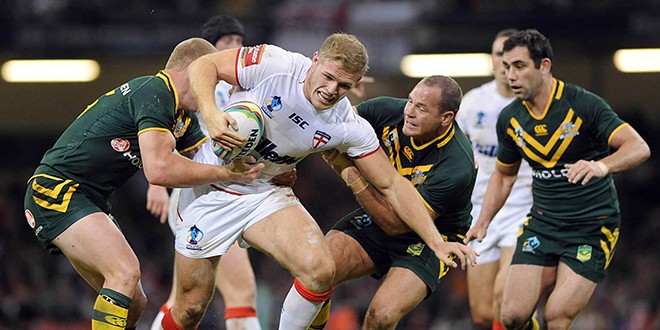 The Guardian newspaper published an article yesterday on its website entitled 'Rugby league's international failure is spectacular'.
It was written by an Australian journalist, Nick Tedeschi, a freelance writer whose frustration with the state of international Rugby League was plain for everyone to see.
"Rugby league and its devotion to the inter
The Guardian newspaper published an article yesterday on its website entitled 'Rugby league's international failure is spectacular'.
It was written by an Australian journalist, Nick Tedeschi, a freelance writer whose frustration with the state of international Rugby League was plain for everyone to see.
"Rugby league and its devotion to the inter How healthy is international Rugby League?
 The Guardian newspaper published an article yesterday on its website entitled 'Rugby league's international failure is spectacular'.
It was written by an Australian journalist, Nick Tedeschi, a freelance writer whose frustration with the state of international Rugby League was plain for everyone to see.
"Rugby league and its devotion to the inter
The Guardian newspaper published an article yesterday on its website entitled 'Rugby league's international failure is spectacular'.
It was written by an Australian journalist, Nick Tedeschi, a freelance writer whose frustration with the state of international Rugby League was plain for everyone to see.
"Rugby league and its devotion to the inter 